January12, 2025,from1:30 PMto5:30 PM, the First Gusu Forum on Intelligent Graphics and Images was successfully held at the Suzhou Campus of Nanjing University. The forum was jointly hosted by the School of Intelligence Science and Technology of Nanjing University, the CCF CAD&CG Technical Committee, and the CSAIM Geometric Design and Computing Technical Committee. The forum aimed to bring together scholars from different fields such as computer graphics and 3D vision to discuss and exchange cutting-edge research and development directions in their respective areas.
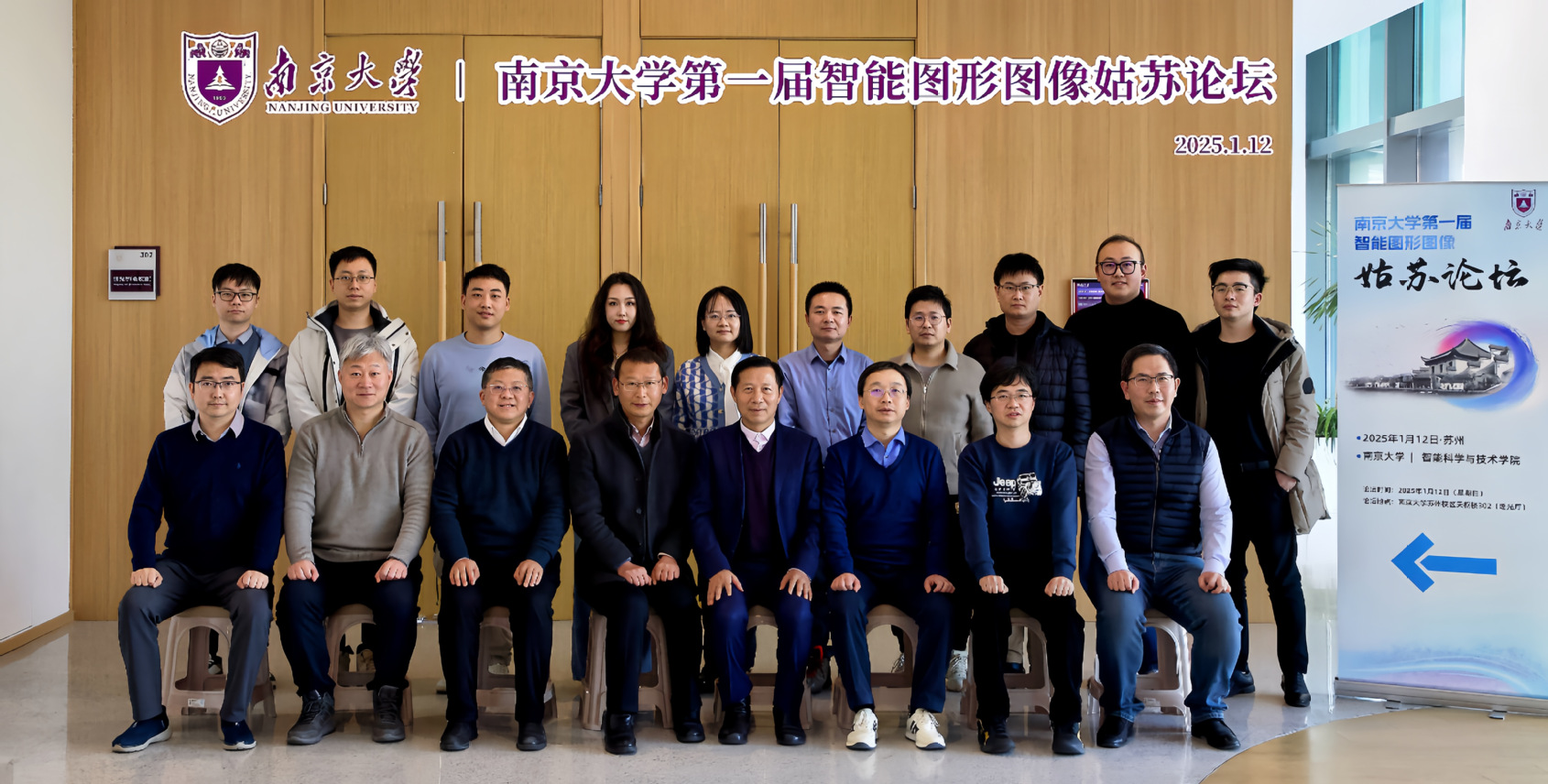
Many experts participated in the forum and delivered presentations, including Professor Kun Zhou from Zhejiang University, Professor Lizhuang Ma from Shanghai Jiao Tong University, Professor Ligang Liu from the University of Science and Technology of China, Researcher Zhaoxiang Zhang from the Institute of Automation, Chinese Academy of Sciences, Professor Kai Xu from the National University of Defense Technology, Professor Songhai Zhang from Tsinghua University, and Professor Xin Yang from Dalian University of Technology. The meeting was opened with a welcome speech by Professor Jian Yang, and was co-hosted by Beibei Wang and Jin Xie. Additionally, professors from the School of Intelligence Science and Technology, Nanjing University, including Yao Yao, Ying Tai, Zhenyu Zhang, and Zili Yi all participated in the forum.
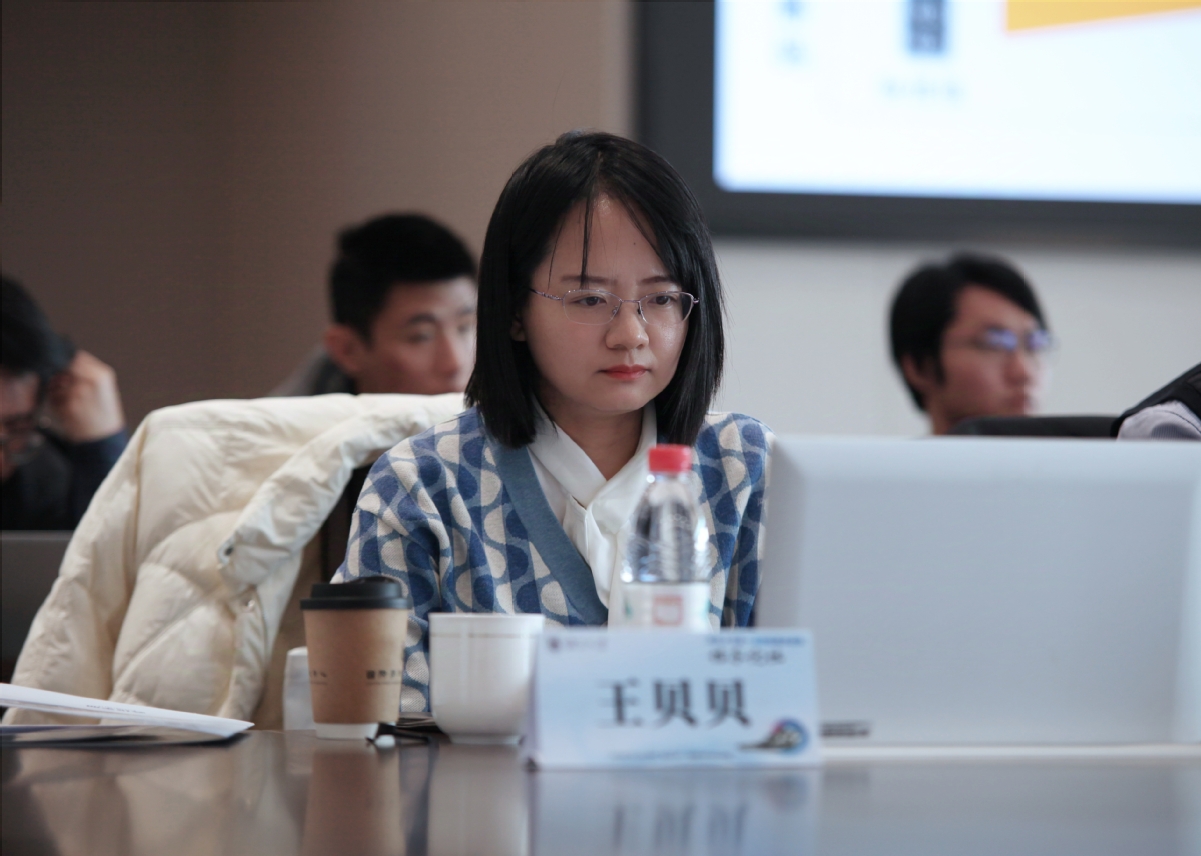
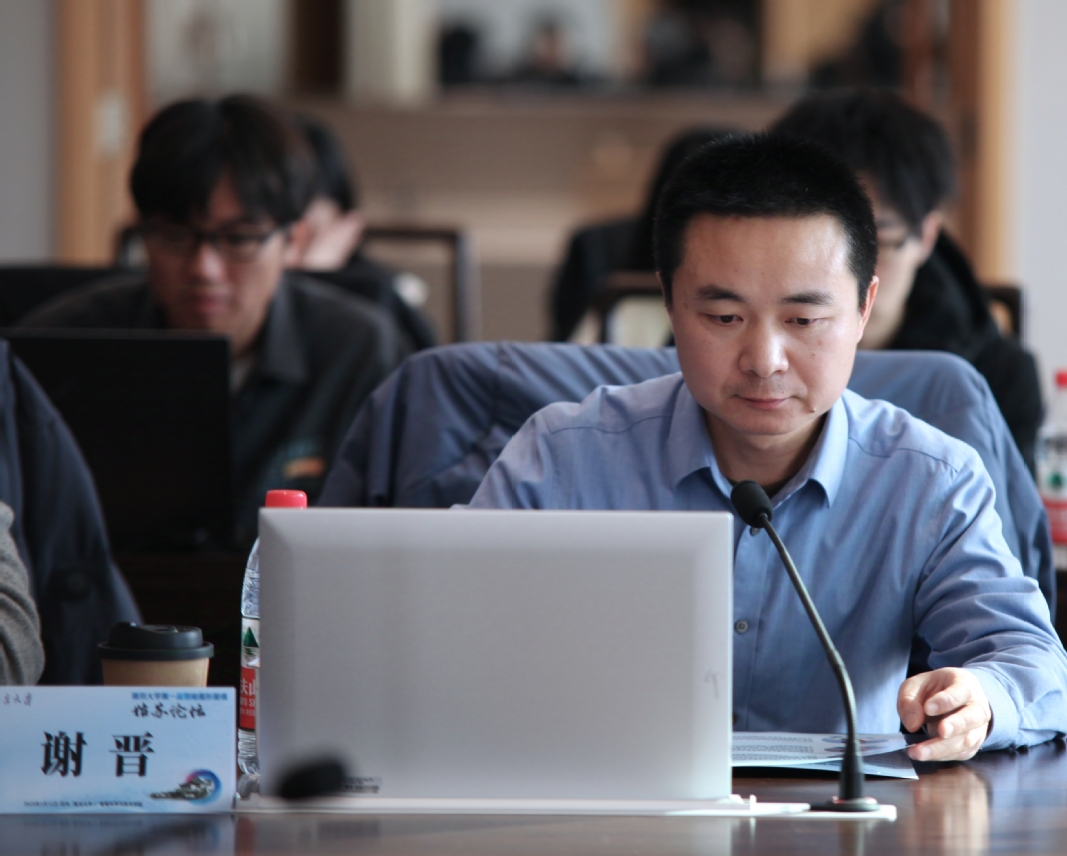
In the opening speech, Professor Jian Yang extended a warm welcome to the attending experts and scholars. Following this, Kun Zhou and Ligang Liu provided a brief overview of the history and development of the CCF CAD&CG Computer-Aided Design and Graphics Technical Committee and the CSAIM Geometric Design and Computing Technical Committee, encouraging faculty and students to get involved.

During the conference, several speakers in the fields of computer vision and graphics shared their in-depth insights and cutting-edge achievements. Kun Zhou presented on the topic “Next-Generation 3D Reconstruction Technology.” He provided a concise definition of 3D reconstruction tasks and highlighted two key challenges currently facing the field: the separation between the sampling and reconstruction processes, and the lack of match between digital models and real-world images. Addressing these issues, Zhou introduced three pioneering projects from his team in areas such as geometric materials, radiance field representations, and digital human tasks. He concluded with a forward-looking discussion on the development of end-to-end optimization in the future of 3D reconstruction.
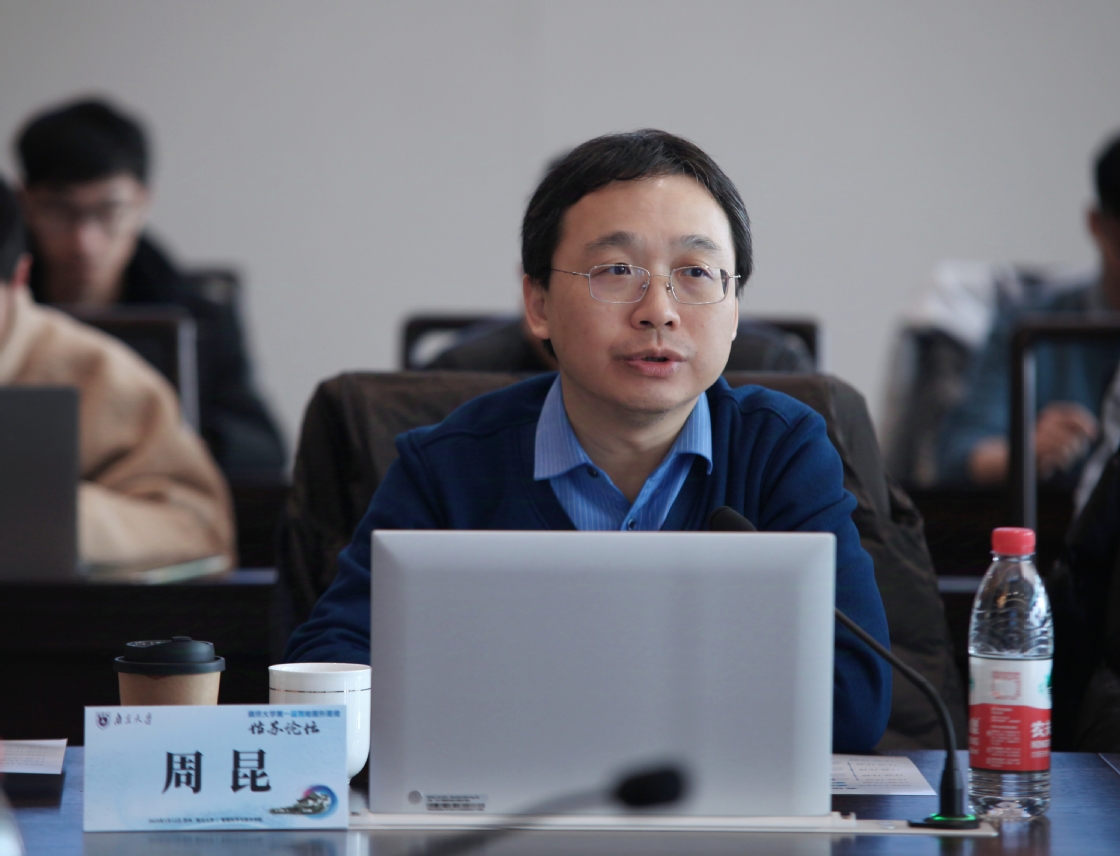
Lizhuang Ma presented on the topic “Understanding 3D Point Cloud Data and Fine-Detailed Reconstruction.” He discussed several challenges in 3D point cloud data understanding, including high ambiguity in feature edge areas and a lack of clear semantic supervision in intermediate layers of neural networks. He also highlighted issues in fine-grained reconstruction, such as the absence of topological prior information, and addressed problems in radiance field representation, including the time consumption of NeRF and the load imbalance in the 3DGS rendering pipeline, and shared recent work by his team in tackling these challenges.

Ligang Liu presented on the topic “3D Reconstruction and Editing of Multi-View Images.” He began by breaking down the concept of “rendering” into scene representation and rendering computation, categorizing and discussing several rendering paradigms in recent 3D reconstruction research. After summarizing these approaches, Liu introduced his team’s work on four tasks: multi-view image synthesis, camera pose estimation and optimization, high-quality 3DGS reconstruction, and consistency editing of multi-view images.
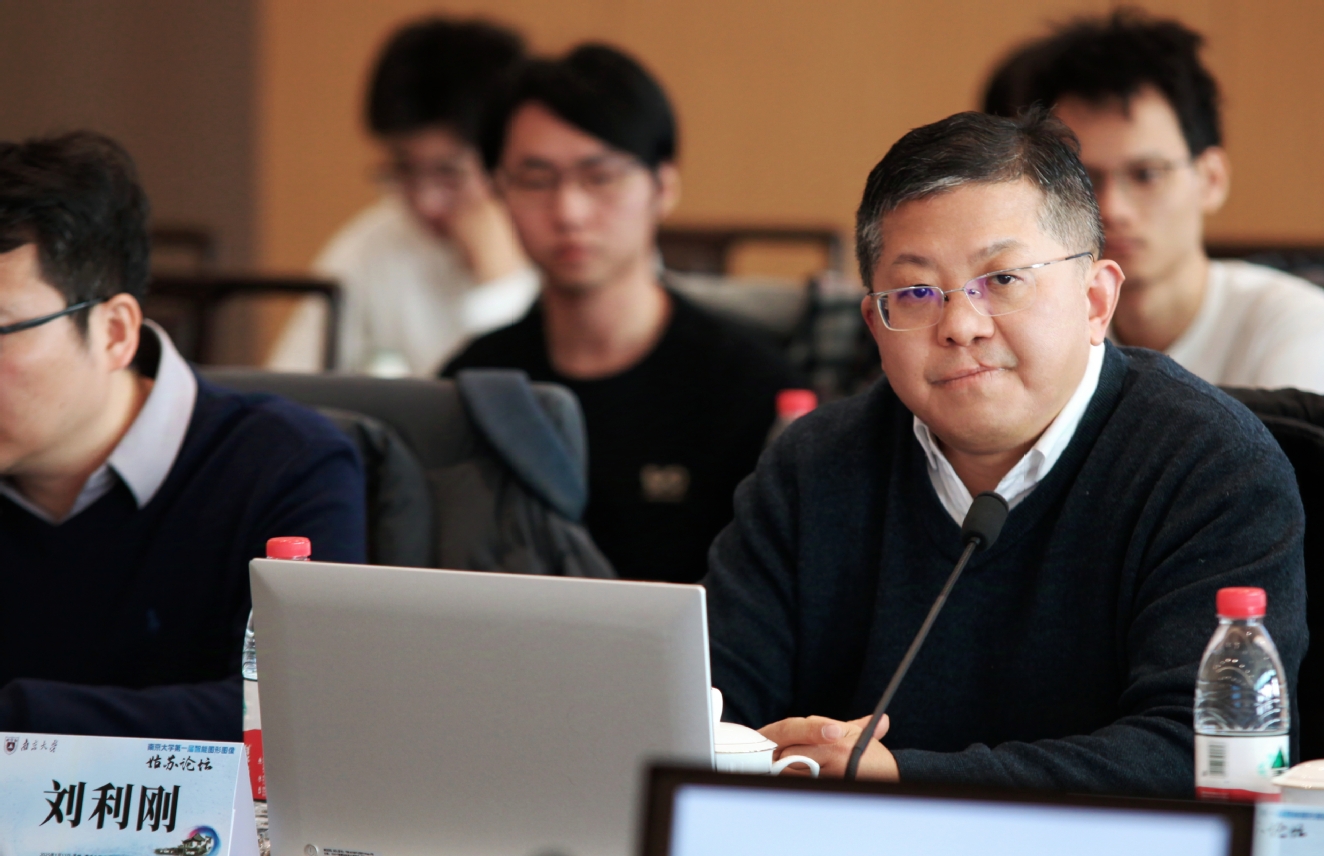
Zhaoxiang Zhang presented on the topic “World Simulator: Exploration and Integration of Multiple Paths.” He discussed three different approaches to building a world simulator: a generative model-driven world simulator that can simulate complex interactions but lacks strong geometric and visual consistency; a graphics-driven world simulator that offers high modeling quality and mature physical simulation systems but is limited in diversity and fidelity; and a 3D reconstruction-driven world simulator that excels in fidelity but struggles with physical realism and interactivity. Zhang then used autonomous driving tasks as an example to introduce his team’s pioneering work in these simulation categories. Finally, he offered a vision for the future of world simulators, suggesting that constructing a physical world doesn’t necessarily require a unified representation, but can be achieved through components working together, each leveraging its own strengths.
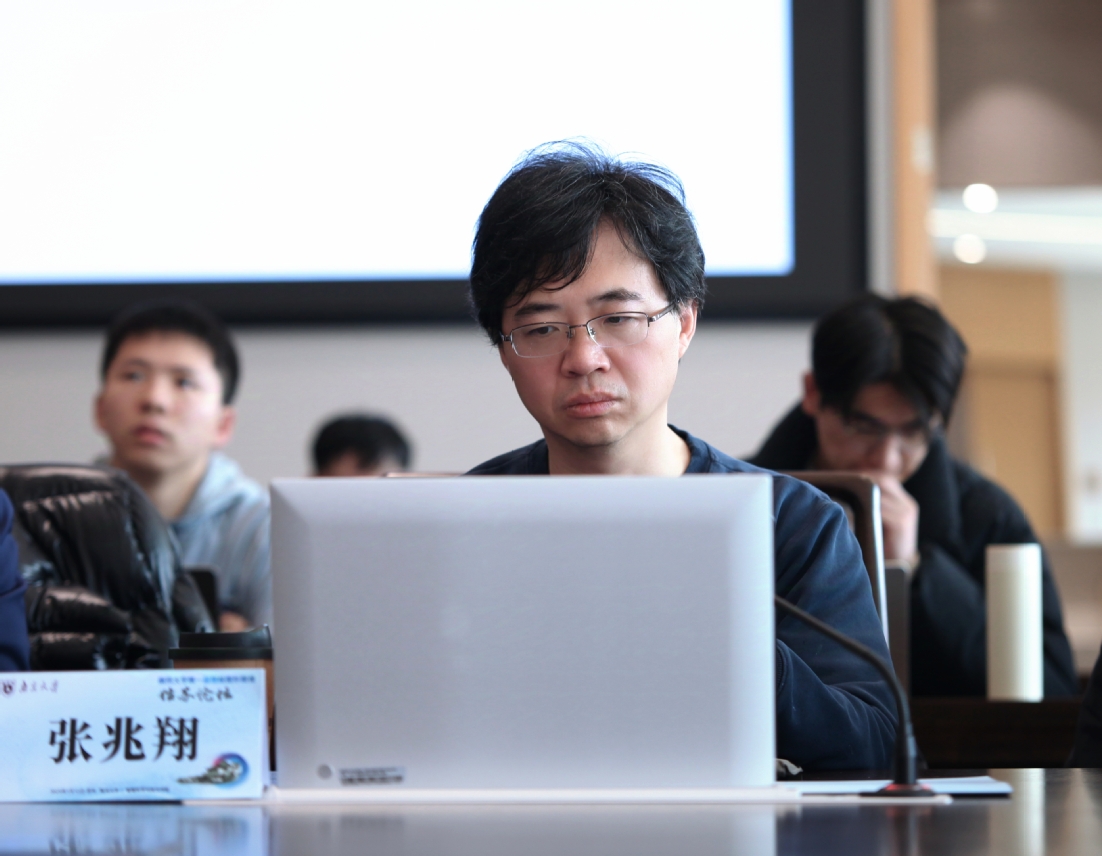
Kai Xu presented on the topic “From Embodied Perception to Embodied Cognition: The Evolution of Embodied Intelligence Driven by Multimodal Large Models.” Xu showcased two key pieces of work under this research theme. The first focused on embodied perception, specifically an open-vocabulary online semantic segmentation based on a large visual model. The key challenge here was efficiently computing the spatial relationships of multi-view masks to achieve 3D fusion. The second addressed embodied cognition, where the task was to organize the room in an unknown environment. The core challenge was integrating common-sense reasoning and user preferences to achieve zero-shot scene understanding.
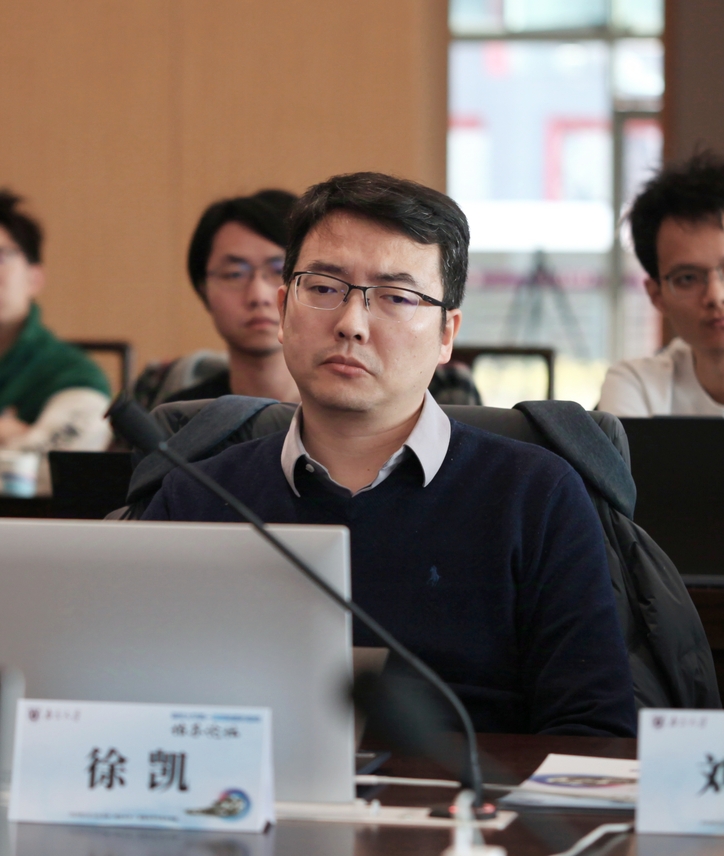
Songhai Zhang presented on the topic “Intelligent Generation of 3D Content.” He highlighted several key issues in current 3D AIGC (Artificial Intelligence Generated Content) work: What should be the base model for 3D AIGC? Which approach is more effective—diffusion models or autoregressive models? What is the most suitable 3D representation for network structures—latent variables, voxels, or point clouds? And, what is the ideal texture representation for generative models? Zhang also illustrated these points by discussing examples of work led by his team.
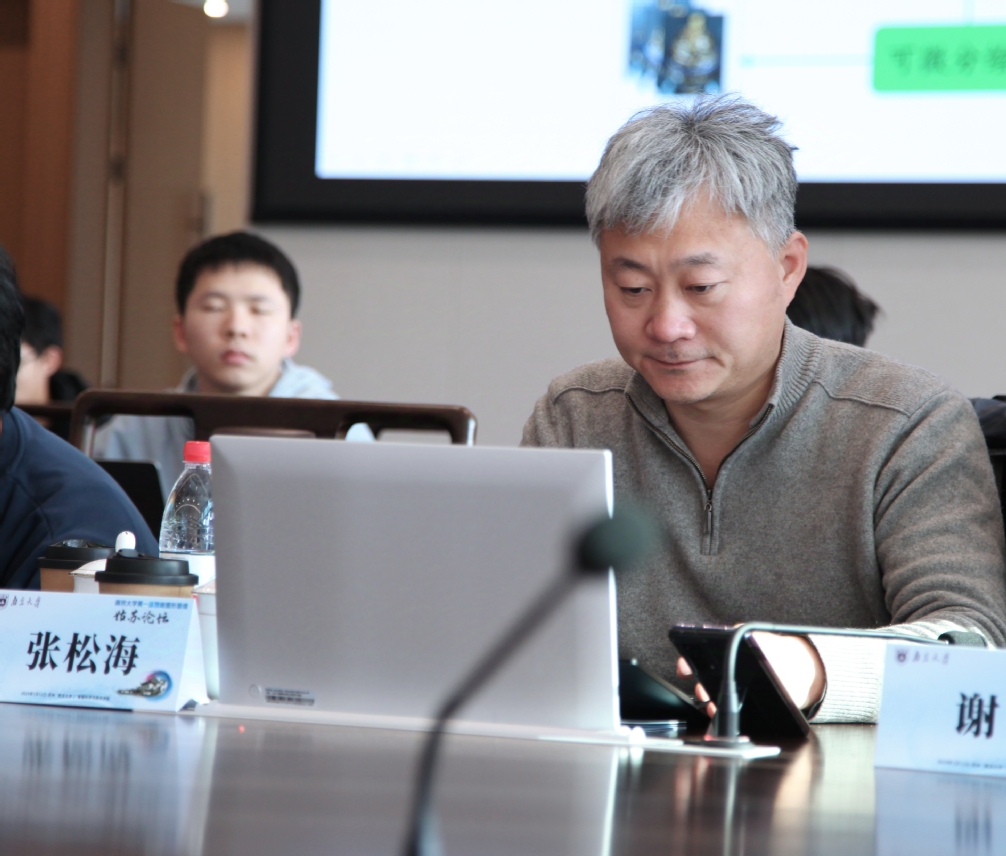
Finally, Xin Yang introduced detailed information about the Computer-Aided Design and Graphics (CAD & CG) Technical Committee, including its journal, academic forums, summer camp activities for graduate students, and various courses related to graphics and 3D vision. Yang encouraged faculty, students, and researchers involved in computer vision and graphics to actively collaborate and engage through the committee's platform and warmly welcomed everyone to join the committee.
The forum further facilitated in-depth communication and collaboration among industry professionals. Attendees actively engaged in discussions, and the meeting concluded successfully on the afternoon of January 12.

